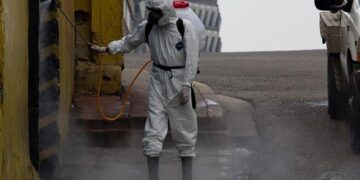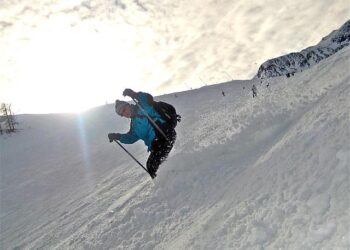Uncovering the Past: Over 170 WWII Ordinances Discovered Beneath a UK Playground
A Surprising Find in the Heart of England
In an unexpected development, experts have unearthed over 170 bombs from World War II buried beneath a playground in the United Kingdom. This startling revelation not only highlights the remnants of conflict that linger even decades after peace was established but also raises concerns regarding safety measures and historical preservation.
The Historical Context
World War II left numerous marks on various landscapes across Europe, with unexploded ordnance often remaining hidden for years. This recent discovery emphasizes how playgrounds and recreational areas can unwittingly sit atop significant historical artifacts. While such finds are rare, they serve as reminders of wartime chaos and its long-lasting effects on civilian spaces.
Safety Measures Intensify Post-Findings
Following the identification of these bombs, local authorities took immediate action to ensure community safety. Prior to excavation efforts, experts assessed potential risks related to detonation and contamination from these decades-old weapons. These actions reflect a growing awareness of preserving public welfare amid historical excavations.
Reactions from Authorities and Residents
The discovery has sparked various reactions among residents and officials alike. Community leaders stress the importance of thorough investigations into similar locations, prompting a reevaluation of current land use practices in areas with known military histories. Interestingly, locals expressed mixed feelings ranging between relief at uncovering remnants of history to anxiety over potential hazards posed by such findings.
Lessons Learned: The Importance of Archaeological Vigilance
This incident serves as an important reminder about the significance of archaeological vigilance in urban planning or development projects within historically rich regions. Not only can unexploded ordnance pose serious risks if disturbed improperly; their presence also opens doors for further study into past events that shaped society today.
Moreover, this occurrence points toward an increased need for educational programs focused on raising awareness about unexplored facets buried within familiar environments—allowing individuals to appreciate their surroundings while better understanding history’s impact.
Conclusion: Moving Forward with Caution
As we continue unearthing pieces connected to our global narrative—like those dormant explosives beneath cherished play areas—it’s crucial we proceed thoughtfully about how this knowledge influences modern-day landscape usage. Such discoveries unite communities through shared history while emphasizing paramount safety protocols throughout ongoing evaluations—ensuring that both cultural heritage is honored alongside community well-being for generations ahead.





























